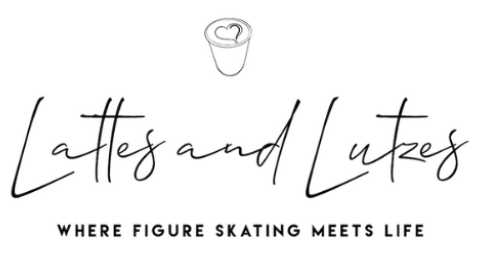Your First Adult Figure Skating Competition: The Ultimate Prep Guide

So, you’ve decided to compete—now what?
No matter the sport, competition can be incredibly fun, full of learning opportunities, and a great way to connect with fellow athletes—especially in a niche community like figure skating.
In this two-part series, I’ll walk you through everything from getting prepared to managing the day-of details for your first competition.
How Do You Know If You’re Ready to Compete?
There are a couple of schools of thought here. Some skaters prefer to have their skills at a certain level before competing—and that’s a valid perspective. Competitions aren’t cheap: between registration fees, travel, choreographers, music editing, and costumes, it adds up.
Others feel that starting to compete earlier provides concrete goals, builds motivation (hello, 6 a.m. ice sessions), and offers valuable lessons—like learning to perform elements within a program, which is far more challenging than doing them individually. Program run-throughs also naturally boost your overall skating skills.
Beyond the test level requirements from U.S. Figure Skating, only you and your coach can truly decide when the time is right.
For this post, let’s assume you already have music selected and a choreographed program ready to go. If not, I have other posts linked here that walk you through those steps.
Figure Skating Music: Expert Tips for Selection & Editing
How to Craft Your Best Figure Skating Program
Olympics or Bust? (Just Kidding… Sort Of)
Sure, who wouldn’t want to compete in Milan? But for your first competition, choose wisely.
Here are some things to consider:
- Location: Traveling is fun, but staying close to home means sleeping in your own bed, fewer logistics to navigate, and access to your home rink right up until the day of the event.
- Familiar Faces: Your coach is more likely to be able to attend a local competition, and other skaters from your club might be there too. Having a friendly face to navigate the day with can be a huge help.
- Timing: Consider your personal schedule. Is there a time of year that’s typically less busy at the office or school? Local competitions are often on weekends, so you may not even need to take time off or deal with weekday commuter traffic.
Registration: Kinda Like Doing Your Taxes
That sounds dramatic, but hear me out. U.S. Figure Skating’s Event Management System (EMS) is where you’ll register, upload your music, and submit your planned program content (PPC) the spins, jumps, and footwork in your program, if applicable.
First-time users must set up a full profile—including your name, address, USFS number, your coach’s info, test history, and emergency contact details. The system isn’t difficult, just… quirky. Start early and give yourself time. Don’t wait until the last minute—you could risk missing the registration deadline entirely.
A few quick tips:
- Know that deadlines for registration, PPC, and music upload are often separate.
- Practice ice can’t be reserved until the schedule is set, which happens after registration closes.
- The exact schedule isn’t known until several weeks before the event. Once registration closes the chief referee will set specific event schedule and skating orders.
- Enter all deadlines into your calendar with reminders (You’ll thank me later).
In the next post, we’ll dive into your competition day game plan—so you’ll know exactly what to expect and how to feel ready when it counts!





